This article relies largely or entirely on a single source .(June 2019) |
Baiocco is an ancient Italian currency denomination largely used in central Italy, especially in Lazio.
This article relies largely or entirely on a single source .(June 2019) |
Baiocco is an ancient Italian currency denomination largely used in central Italy, especially in Lazio.
The origin of the name is uncertain. Its value was originally equivalent to a shilling, slowly changing through centuries into five quattrini, or consequently twenty pennies.
The size, weight and value of the coin itself changed over time.
At a certain point, towards the middle of the 16th century, it became so thin that it deserved the nickname "Baiocchino" or "Baiocchétto" because it actually weighed less than 0.25g.
It underwent numerous other variations of material losing more and more silver and becoming more and more low alloy, so much so that it was indicated with the derogatory "Baiocchella" during the period of Sixtus V from 1585 to 1590. [1]
It disappeared after the unification of Italy between 1861 and 1870, when the Italian lira was introduced as an equivalent of the French franc.

The standard circulating coinage of the United Kingdom, British Crown Dependencies and British Overseas Territories is denominated in pennies and pounds sterling, and ranges in value from one penny sterling to two pounds. Since decimalisation, on 15 February 1971, the pound has been divided into 100 pence. Before decimalisation, twelve pence made a shilling, and twenty shillings made a pound.

The shilling is a historical coin, and the name of a unit of modern currencies formerly used in the United Kingdom, Australia, New Zealand, other British Commonwealth countries and Ireland, where they were generally equivalent to 12 pence or one-twentieth of a pound before being phased out during the 1960s and 1970s.

A penny is a coin or a unit of currency in various countries. Borrowed from the Carolingian denarius, it is usually the smallest denomination within a currency system. At present, it is the formal name of the British penny (abbr. p) and the de facto name of the American one-cent coin (abbr. ¢) as well as the informal Irish designation of the 1 euro cent coin (abbr. c). Due to inflation, pennies have lost virtually all their purchasing power and are often viewed as an expensive burden to merchants, banks, government mints and the public in general.

Sterling is the currency of the United Kingdom and nine of its associated territories. The pound is the main unit of sterling, and the word pound is also used to refer to the British currency generally, often qualified in international contexts as the British pound or the pound sterling.
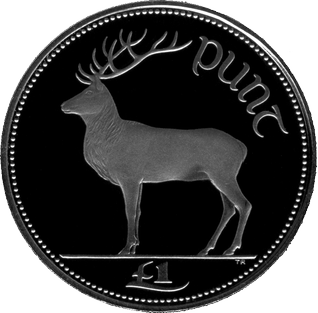
The pound was the currency of Ireland until 2002. Its ISO 4217 code was IEP, and the symbol was £ The Irish pound was replaced by the euro on 1 January 1999. Euro currency did not begin circulation until the beginning of 2002.

The cedi is the unit of currency of Ghana. It is the fourth historical and only current legal tender in the Republic of Ghana. One Cedi is divided into one hundred Pesewas (Gp).

The solidus or nomisma was a highly pure gold coin issued in the Later Roman Empire and Byzantine Empire. The early 4th century saw the solidus introduced in mintage as a successor to the aureus, which was permanently replaced thereafter by the new coin, whose weight of about 4.5 grams remained relatively constant for seven centuries.

Decimal Day in the United Kingdom and in Ireland was Monday 15 February 1971, the day on which each country decimalised its respective £sd currency of pounds, shillings, and pence.
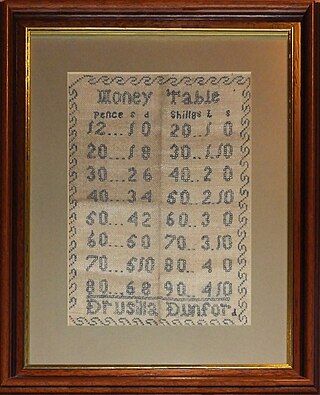
£sd, is the popular name for the pre-decimal currencies once common throughout Europe. The abbreviation originates from the Latin currency denominations librae, solidi, and denarii. In the United Kingdom, these were referred to as pounds, shillings, and pence.
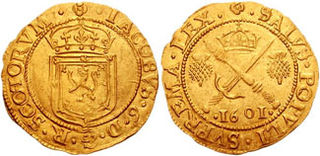
The pound was the currency of Scotland prior to the 1707 Treaty of Union between the Kingdom of Scotland and the Kingdom of England, which created the Kingdom of Great Britain. It was introduced by David I, in the 12th century, on the Carolingian monetary system of a pound divided into 20 shillings, each of 12 pence. The Scottish currency was later devalued relative to sterling by debasement of its coinage. By the time of James III, one pound Scots was valued at five shillings sterling.

The pound was the currency of Australia from 1910 until 14 February 1966, when it was replaced by the Australian dollar. Like other £sd currencies, it was subdivided into 20 shillings, each of 12 pence.
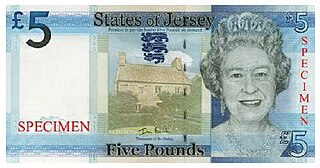
The pound is the currency of Jersey. Jersey is in currency union with the United Kingdom, and the Jersey pound is not a separate currency but is an issue of banknotes and coins by the States of Jersey denominated in sterling, in a similar way to the banknotes issued in Scotland and Northern Ireland. It can be exchanged at par with other sterling coinage and notes.
The pound, or Manx pound, is the currency of the Isle of Man, at parity with sterling. The Manx pound is divided into 100 pence. Notes and coins, denominated in pounds and pence, are issued by the Isle of Man Government.
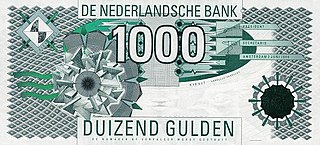
The guilder or florin was the currency of the Netherlands from 1434 until 2002, when it was replaced by the euro.
The pound was the currency of Bermuda until 1970. It was equivalent to sterling, alongside which it circulated, and was similarly divided into 20 shillings each of 12 pence. Bermuda decimalised in 1970, replacing the pound with the Bermudian dollar at a rate of $1 = 8s.4d., equal to the US dollar.
The Venetian grosso is a silver coin first introduced in Venice in 1193 under doge Enrico Dandolo. It originally weighed 2.18 grams, was composed of 98.5% pure silver, and was valued at 26 denarii. Its name is from the same root as groschen and the English groat, all deriving ultimately from the denaro grosso.

The livre was currency of Jersey until 1834. It consisted entirely of French coins.
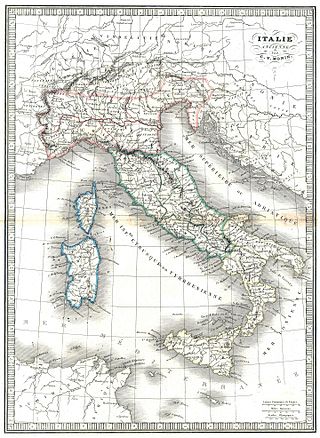
Italy has a long history of different coinage types, which spans thousands of years. Italy has been influential at a coinage point of view: the medieval Florentine florin, one of the most used coinage types in European history and one of the most important coins in Western history, was struck in Florence in the 13th century, while the Venetian sequin, minted from 1284 to 1797, was the most prestigious gold coin in circulation in the commercial centers of the Mediterranean Sea.

The Great Recoinage of 1816 was an attempt by the government of the United Kingdom of Great Britain and Ireland to re-stabilise its currency, the pound sterling, after the economic difficulties brought about by the French Revolutionary Wars and the Napoleonic Wars.
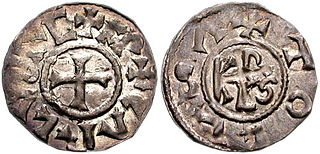
The Carolingian monetary system, also called the Carolingian coinage system or just the Carolingian system, was a currency structure introduced by Charlemagne in the late 8th century as part of a major reform, the effects of which subsequently dominated much of Europe, including Britain, for centuries. It is characterised by having three denominations with values in the ratio 1:20:240, the units of which went under different names in the different languages, but which corresponded to the Latin terms libra (pound), solidus (shilling) and denarius (penny), respectively.